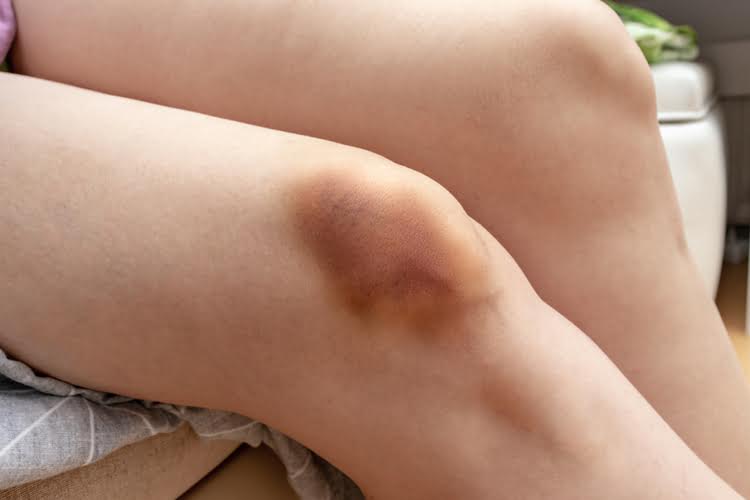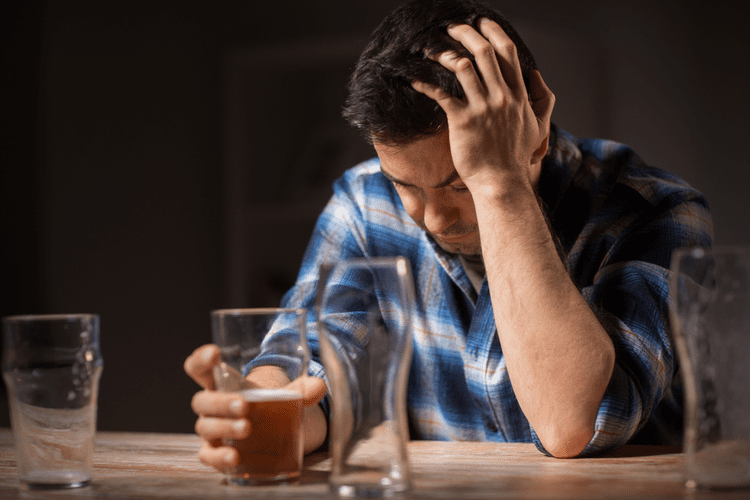For those without a lot of income or with inadequate or no insurance, these centers provide detox, treatment programs, and support services. A number of different prevention approaches are effective in decreasing the risk of drug abuse and addiction disorders. Lifestyle changes, like increased physical activity and using other stress-reduction techniques, help prevent drug use disorder in teens.
Addiction treatment services vary between drug rehab centers and their different approaches. Some services may be delivered in a group format with other people in recovery, but it may also include individual therapy, family therapy, or mutual support meetings, such as participation in Alcoholics Anonymous (AA). Inpatient rehab programs and outpatient treatment programs provide a structured environment for recovery and provide the necessary tools to address how addiction affects various areas of a person’s life. Some medications can help patients quit drinking, treat alcohol withdrawal symptoms (as mentioned above), and prevent relapse. Patients may also receive different medications while in the care of an addiction treatment professional to help address symptoms of co-occurring disorders if necessary. This can sometimes deter people from getting help because they don’t want to wait, and they may then simply decide not to pursue treatment anymore.
Best Drug Addiction Treatment Centers
DCF — along with the insurance companies that fuel sham treatment facilities — should do a better job of verifying that proven methods are being used, Moran continued. Education also includes efforts to help medical professionals, family members and others to understand “the changed brain” that leads someone to act irrationally while battling drug addiction, Moran said. Professional rehabilitation programs offer various specialties to address individual needs, so anyone who struggles with addiction can overcome the problem and maintain long-term sobriety. Some doctors’ offices are equipped to handle overdoses; others are not. Some doctors’ offices advise their patients to go to a hospital’s emergency department. In life-threatening circumstances, an ambulance should usually be summoned by calling 911.
- The earlier you get treatment for drug addiction (also called substance use disorder) the more likely you are to avoid some of the more dire consequences of the disease.
- American Addiction Centers (AAC) is committed to delivering original, truthful, accurate, unbiased, and medically current information.
- Contact Freedom House Recovery Center at to inquire about programs and available space.
- I dismissed people without addiction issues as “boring”, never realising how uninteresting alcohol-induced emotional torpor made me.
Blood, urine or other lab tests are used to assess drug use, but they’re not a diagnostic test for addiction. However, these tests what is drug addiction may be used for monitoring treatment and recovery. Substance abuse has many potential consequences, including overdose and death.
How to Find State-Funded Rehab Centers Near Me
Programs come in various forms across the United States, including inpatient, outpatient, and partial hospitalization, as well as follow-up support. “You wouldn’t leave that emergency room until five doctors come and talk to you and connect you with services or airlift you to a higher level of care because you almost died five times,” she said. “If you have a 23-year-old coming for the fifth time overdosing in an emergency room, it’s very normalized. As a medical society, we still don’t have the same urgency and acuity around this illness.” That includes Joseph Havrilla, who traveled to Florida and repeatedly sought help before an overdose took his life in 2022. His girlfriend, Amanda Davidson, is now continuing her own recovery and advocating for life-saving care in the state that failed her and Havrilla.
Physicians often undertreat pain in people with addiction, but some also unfairly disregard fears about triggering craving, she said, adding that the best approach centers on the patient’s concerns. Experts at Wednesday’s community forum said education was key to removing the stigma around drug addiction and treatment, including medications such as Suboxone, which helps to block withdrawal symptoms and opioid cravings. Adults exposed to negative events as children are at higher risk of developing drug abuse and addiction disorders. In addition to poverty, examples of such negative events include lack of parental supervision, the presence of parental substance abuse, witnessing domestic violence, or being the victim of emotional, physical, or sexual abuse. When you’re addicted to drugs, you can’t resist the urge to use them, no matter how much harm the drugs may cause.
What types of drugs do people commonly abuse?
It also puts people at a higher risk of overdosing, Champney said, as they may be using drugs in a more isolated area or have less access to phones to call for help, whether for themselves or others. It’s why local organizations, whether state-affiliated or not, are making increased efforts to spread the opioid overdose-reversing drug naloxone, more commonly known as Narcan, when providing outreach to people experiencing homelessness. “Homelessness and substance use disorders in and of themselves are serious, critical issues,” said DHSS Secretary Josette Manning. Kell believes the program he plans to offer is desperately needed to help people overcome their addictions at a moment when they’re already removed from their substance supply. Rezai thought he could reach more patients quickly if he utilized ultrasound technology, which he was already using to treat other brain disorders. A scan of Miller’s brain revealed red spots, indicating a build-up of beta amyloid proteins, a sort of “brain plaque” that’s believed to play a major role in those with Alzheimer’s by disrupting communication between brain cells.

Cognitive behavioral therapy has been shown effective in helping people overcome addiction. In one study, 60% of people with cocaine use dependence who underwent CBT along with prescription medication provided cocaine-free toxicology screens a year after their treatment. SAMHSA’s mission is to lead public health and service delivery efforts that promote mental health, prevent substance misuse, and provide treatments and supports to foster recovery while ensuring equitable access and better outcomes.
I kept a journal at the time and, looking back now, it reads like the words of another person. “I started drinking too heavily because I couldn’t finish a book,” I wrote with naive assurance during the first week. Checking in while still clamped in the sweaty embrace of alcohol withdrawal was a horrible blur. Alongside the humiliation of being searched for drugs and the ringing shame of admitting my addiction, I remember the gothic styling of the building, with a lot of carved wood. It’s hard to describe the strange juxtaposition of a facility that is luxurious yet clinical. People can become addicted to any psychoactive (“mind-altering”) substance.
Examples are if a person is dealing with their own addiction and may not be able to maintain sobriety, is overly self-motivated or self-involved, or has a strained relationship with the person the intervention is for. An intervention is an organized effort to intervene in a person’s addiction by discussing how their drinking, drug use, or addiction-related behavior has affected everyone around them. Triggers can be any person, place, or thing that sparks the craving for using. Common triggers include places you’ve done drugs, friends you’ve used with, and anything else that brings up memories of your drug use.
Co-occurring addictions and mental health issues are common and the majority of clients will have more than one problem to address. Our multidisciplinary treatment team can evaluate and treat clients in a dual diagnosis program. With 12 facilities in multiple states, our advanced approach to drug and alcohol addiction treatment empowers individuals on the path to recovery. Turnbridge offers residential and outpatient care for teens and young adults ages 14 and up, with separate facilities and programs for young men, young women and adolescents. With locations in New Haven and Westport, Connecticut, this 12-step based facility folds education into treatment, offering to facilitate academics via a teen’s current school or via Turnbridge Academy, integrated into the facility.
